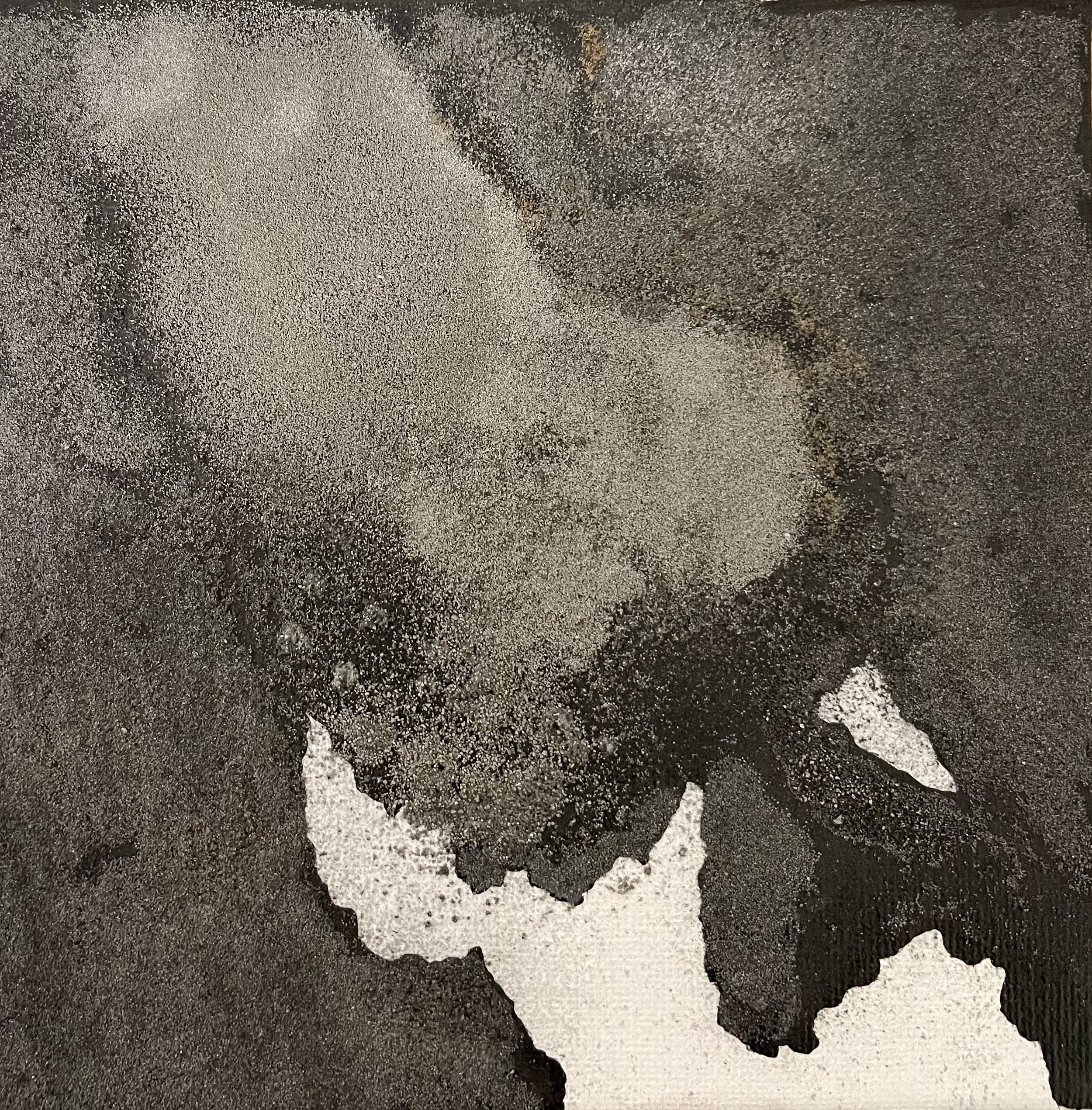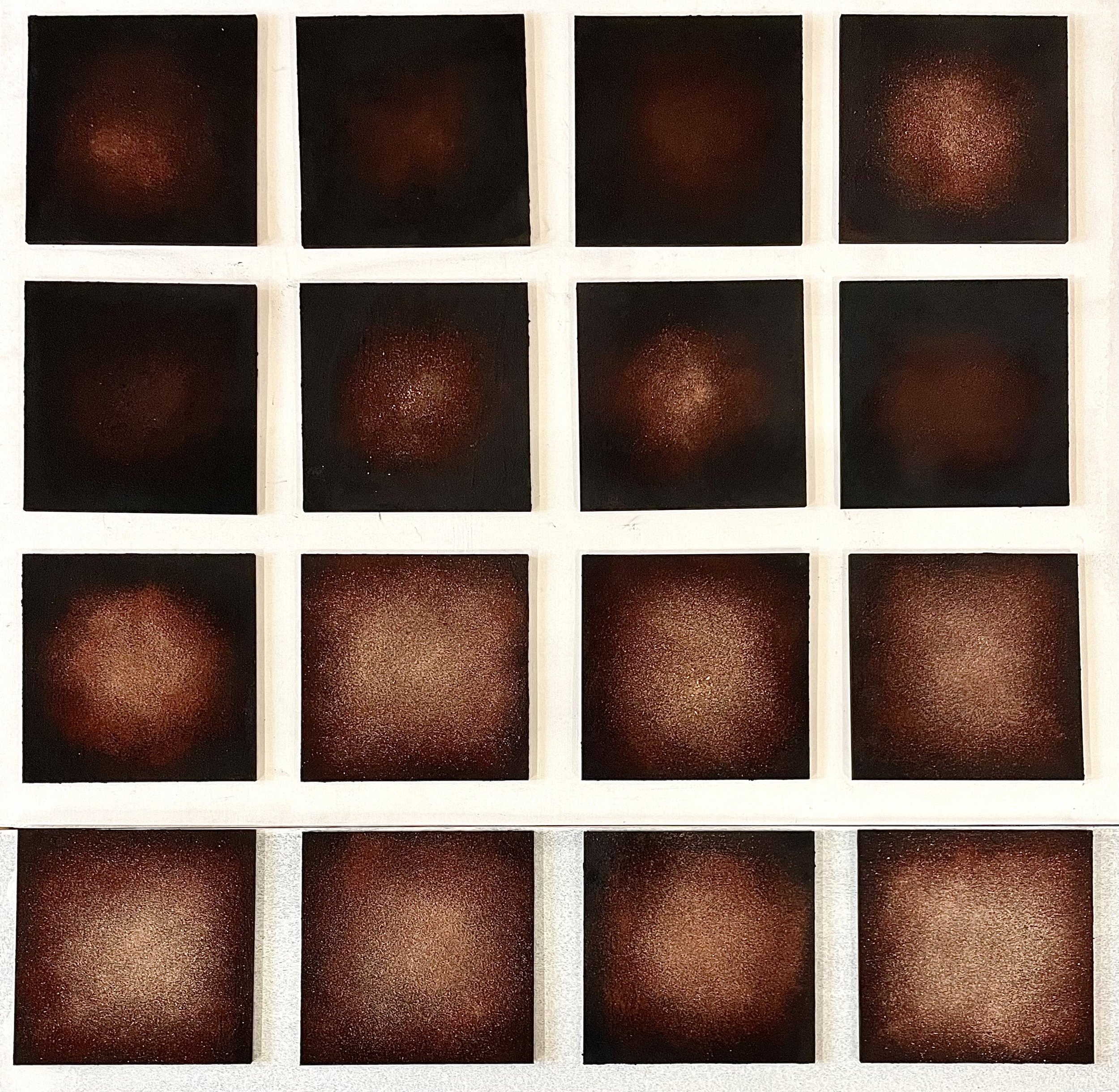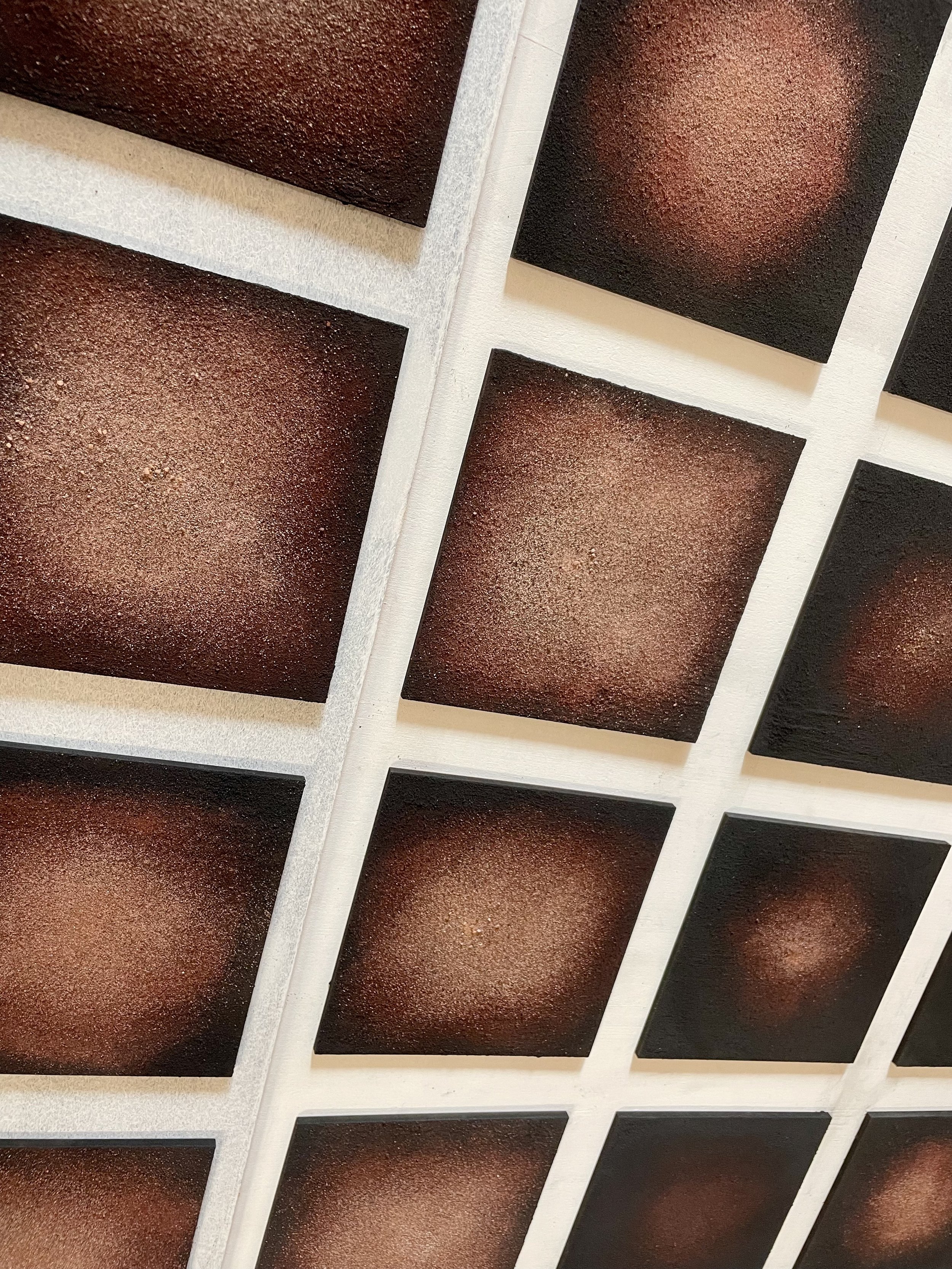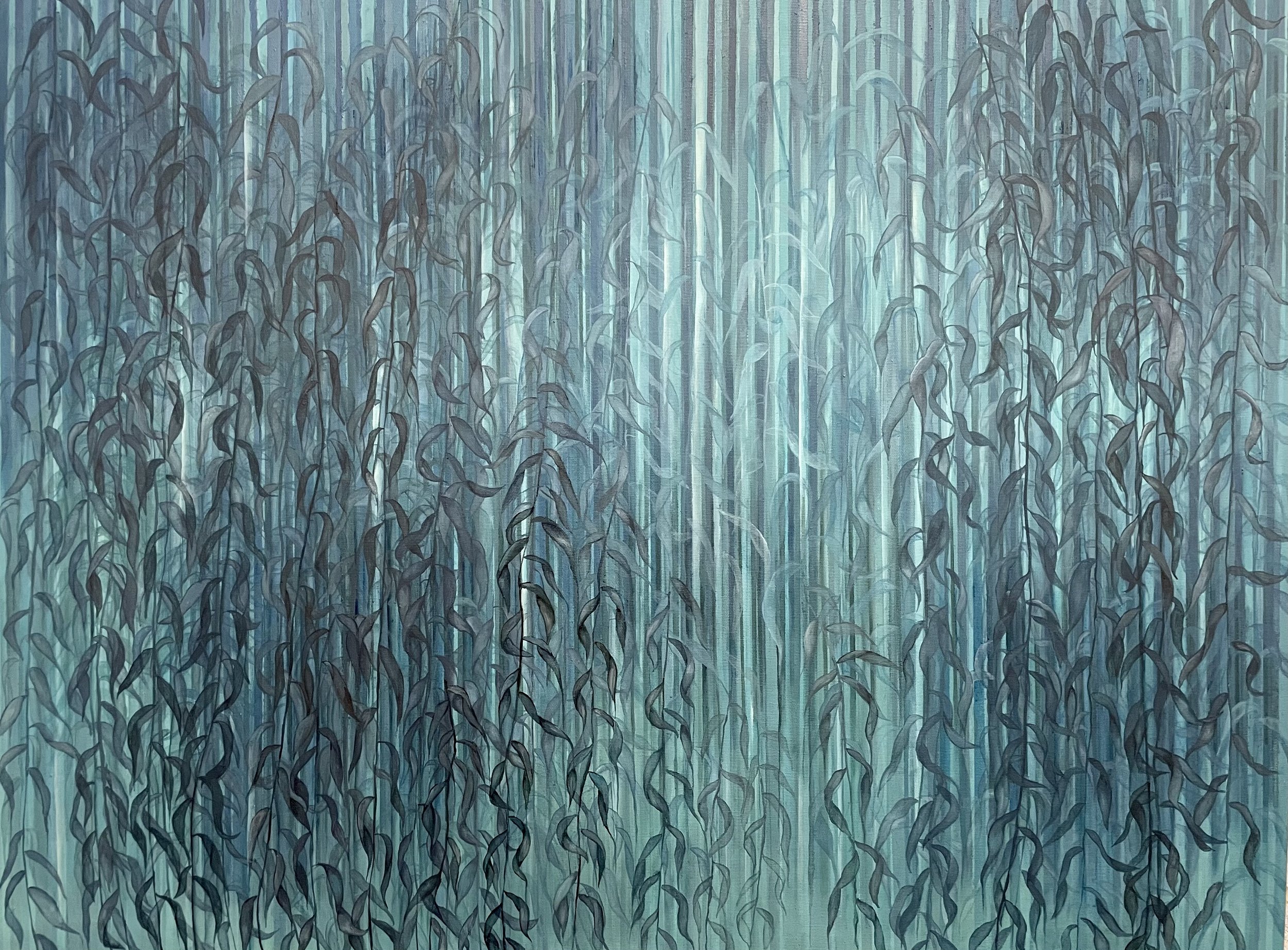Previous
Previous
Geometry
Next
Next

City Maps Cloud

Maps Erased, as exhibited at the Willesden Gallery, 2022

Maps Erased, as exhibited at the Willesden Gallery, 2022

Maps Erased Project, detail


Maps Erased, 2019, oil on canvas, 60x80cm




Breiðamerkurjökull glacier, Iceland, Breathing Earth series

Grey Glacier, Chile, Breathing Earth series

Popocatépetl, Mexico, Breathing Earth series

Mount Semeru, Indonesia, Breathing Earth series

Flicker, 2023, magnetic and iron powder, iron oxide, crumbled rocks on mdf panels, 20x20cm each

Flicker detail

Flicker detail

Blue Forest